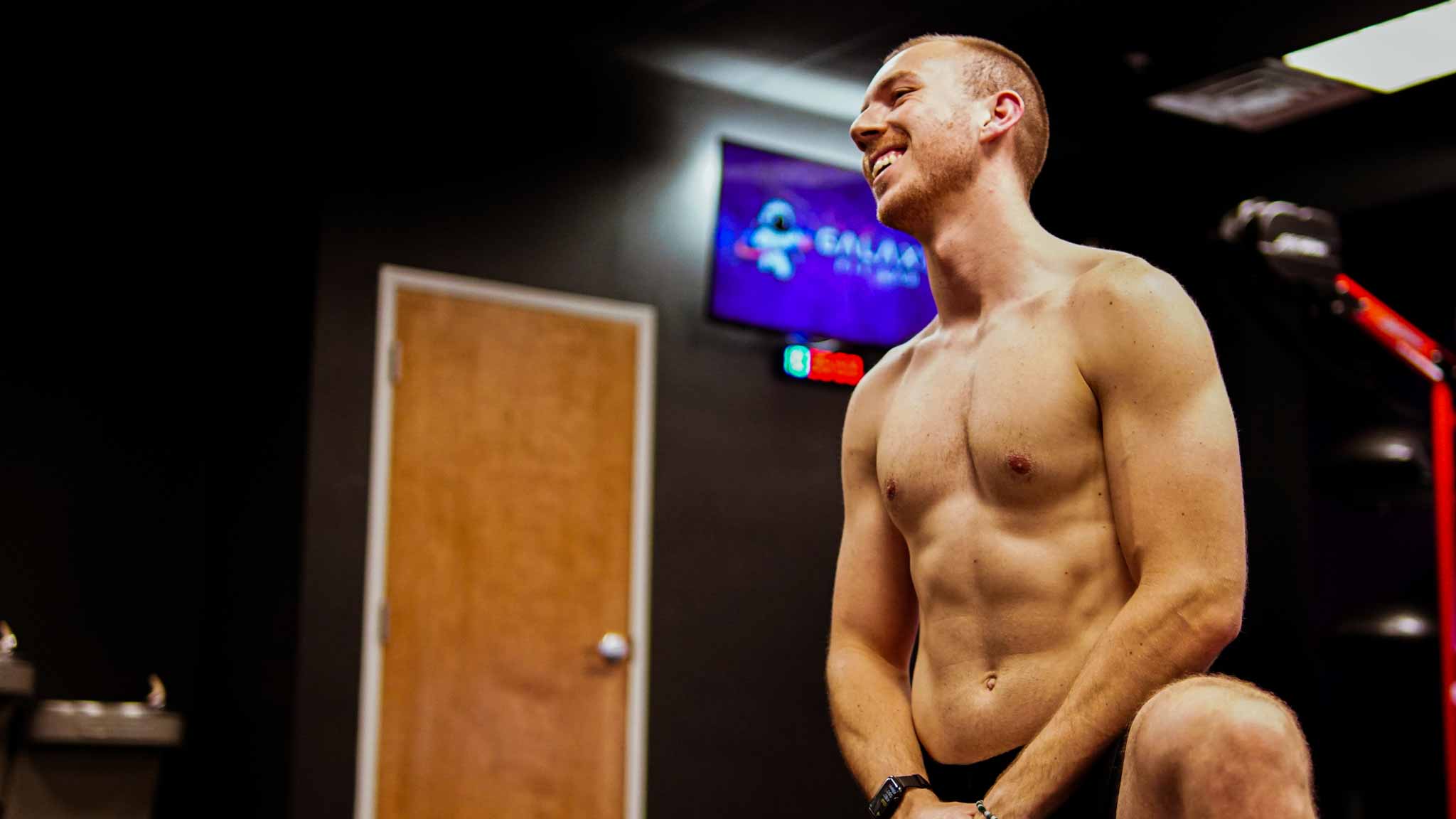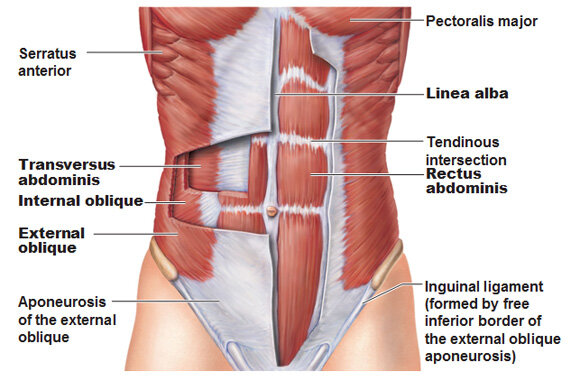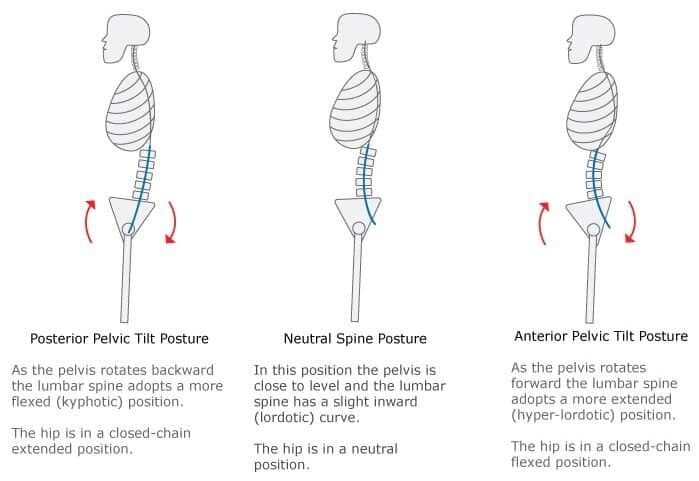
Let’s talk again about what I believe core training is and what it isn’t. Core training is not about giving you a sick 6-pack and shredded obliques; however, I guarantee you if you follow my core training advice, you can definitely have that. At any rate, core training is all about stability.
What is stability, you ask? Well, it is about your body's ability to produce and transmit forces without energy leaks or risk of injury. As an example, if I’m playing 1-on-1 in basketball and I drive the lane to attempt a layup, on my way there I don’t want to herniate a disc while jumping off of one leg towards the rim. If I want this outcome, I need stability. Also, I need to gain stability in the right place for it to matter. Super stable wrists aren’t going to help my chance of a dislocated sacrum from improper jumping mechanics. I want stability at my spine and pelvis. To get this type of stability, I need a high-functioning set of core muscles.
The Core Muscles and Their Function
I promise I won’t get too technical here and bore you socks off your feet. But, if you would please just humor me for a bit while I tell you some relatively technical things.

You have four anterior abdominal wall muscles that make up your belly. These are the rectus abdominis, internal oblique, external oblique, and transversus abdominis. All of these are quite important to help flex (‘crunch’), compress (squeeze), rotate, bend and stabilize your abdomen, lumbar spine, and pelvis. Why do you care? These actions are absolutely essential to gain that stability concept I mentioned earlier. And, you know, get rid of that nagging lower back pain you keep complaining to me about.

We can easily see that having a strong core means much more than being able to do a bunch of crunches in a minute. Let’s see how much of an impact your core has on your posture and shoulder mechanics with a little experiment. Go to a mirror and face to the side. Try to tilt your pelvis up (posterior pelvic tilt) so that it is neutral using your abs. Don’t know what that looks like? Check out this picture of these two spines. Relax, do that again, and then watch what happens at your shoulders. Notice them pulling back and down slightly. Well, guess what, you’ve just improved your posture using only the tilting of your pelvis. That is why stability at your lumbar spine and pelvis is so important, because it affects everything up and down your body.
How do you choose core exercises?
Once you understand the value of core training, the next question is: how do you choose which exercises to do? In order to properly choose core exercises, we just have to think in terms of movement to figure out what we want to accomplish. The movements that the core musculature perform on the trunk (torso) are:
- Trunk Compression
- Trunk Flexion
- Trunk Rotation (AOS/POS)
- Trunk Bending
To properly choose the appropriate exercise, everything stems from the movement and in what position the movement is being done.
If I want to flex my trunk and work my Rectus Abdominis (6-pack muscle), a clear choice is a Crunch.
Now, if I want a more stability focused exercise instead of active trunk flexion, as seen above with the Crunch, all I have to do is eliminate the movement. In this Deadbug position, I don't actively move up and down. I just squeeze my lower back to the ground. The movement now goes from concentric trunk flexion to isometric (hold) trunk flexion. I'm still working the same muscles, but training them with a different goal in mind.
What if I want to rotate?
The body is made of ‘slings.’ Imagine carrying a purse over your shoulder so that it crosses your body. Now, turn that purse into muscle and connective tissue. That’s pretty much the body's ‘slings.’ You can imagine now, if your purse muscle were to contract (shorten), it would rotate you because the direction of the muscle is across your body.
You have these ‘slings’ in the front and back of your body. The front sling is the Anterior Oblique Sling (AOS) and the one across your back is the Posterior Oblique Sling (POS). When choosing exercises, if we want to clarify which sling we want to use, we just write down AOS or POS before the body position to tell us that the position we are in will target this specific sling.
You can see here, we are doing trunk rotation. Since our outside leg is forward (AOS Split Stance), we are targeting the anterior sling. However, if we want to target the posterior sling, all we have to do is switch our stance so that our outside leg is forward. Like this:
Of course, just like with my flexion example above, rotation can be done concentrically (actively) or isometrically (hold). The examples above are trying to accomplish active, concentric rotation; whereas a Trunk Anti-Rotation Press is testing the body's ability to stabilize. This exercise below, you might formerly recognize as the Pallof Press.
Understanding the core’s role in how the body operates is key to appreciating how to properly train it. It’s also essential to understand the movements it has an effect in. The core stabilizes our midsection so we don’t get hurt when moving dynamically. It helps transmit forces efficiently if it is strong. It causes pain and misery if it is weak.